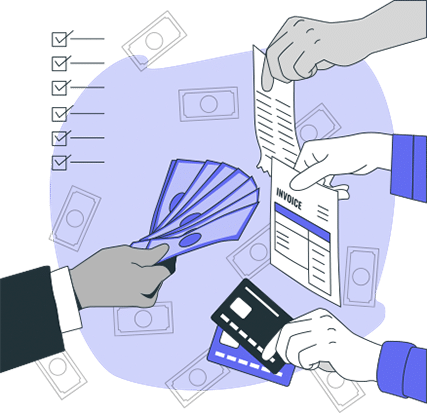Time To Read:
When we think of personal finance, it’s easy to box it into one neat academic category: economics. But money—how we earn it, spend it, save it, and think about it—intersects with nearly every part of our lives. So why limit it to just one classroom?
By weaving personal finance into subjects across the curriculum, schools can prepare students not just to ace their tests, but to make smarter decisions in the real world. Here’s how personal finance naturally fits into the broader school experience:
🧮 Math: More Than Word Problems
Personal finance builds directly on the math students already learn. Calculating interest rates, budgeting expenses, comparing discounts, or understanding loan repayments—all of these bring math to life. Financial concepts make classroom math practical, helping students connect equations to real-world consequences.
📜 History: From Barter to Banking
The history of money tells us a lot about the evolution of society. Students can explore the barter system, the creation of currencies, the rise and fall of economies, and the impact of financial crises like the Great Depression. These topics show how money has always shaped—and been shaped by—human behavior and policy.
🌍 Geography: How Location Affects Wealth
Geography classes explore natural resources, trade routes, and economic disparities between regions. Adding a financial lens helps students understand how where you live affects access to jobs, housing, education, and more. It’s a natural fit that deepens geographic thinking.
🏛 Social Studies: Class, Privilege, and the Wealth Gap
Social studies invites students to think critically about systems, power, and fairness. Examining systemic poverty, wealth distribution, and the economic impact of public policy helps students see how financial systems affect lives—especially in marginalized communities.
❤️ Health: Health Is Wealth
There’s a strong connection between financial stability and overall well-being. In health class, students can explore how financial stress impacts mental health, how food choices are shaped by income, and why the cost of care is often a barrier. Financial literacy is key to understanding personal health.
💼 Business & Tech: Tools for the Real World
Business and tech classes are natural homes for deeper financial learning. Topics like taxes, credit, budgeting, and entrepreneurship give students a strong foundation for the workplace and beyond. It’s a great place to explore how money works in both traditional and digital economies.
🎨 Arts: Budgeting for Projects
Even creative classes can benefit from financial literacy. Whether managing the budget for a school play, purchasing materials for an art project, or exploring the economics of the music industry, students gain skills that help turn passion into sustainable practice.
🎓 Financial Literacy: A Skill for Every Student
Not every class needs to teach money management—but every student deserves to leave school with a basic understanding of how money works. By integrating personal finance across the curriculum, schools show students that financial literacy isn’t an add-on. It’s essential.
✅ Take the Next Step
Looking to bring personal finance into your entire school curriculum? Learn how PersonalFinanceLab supports cross-subject integration and helps students build real-world skills.
